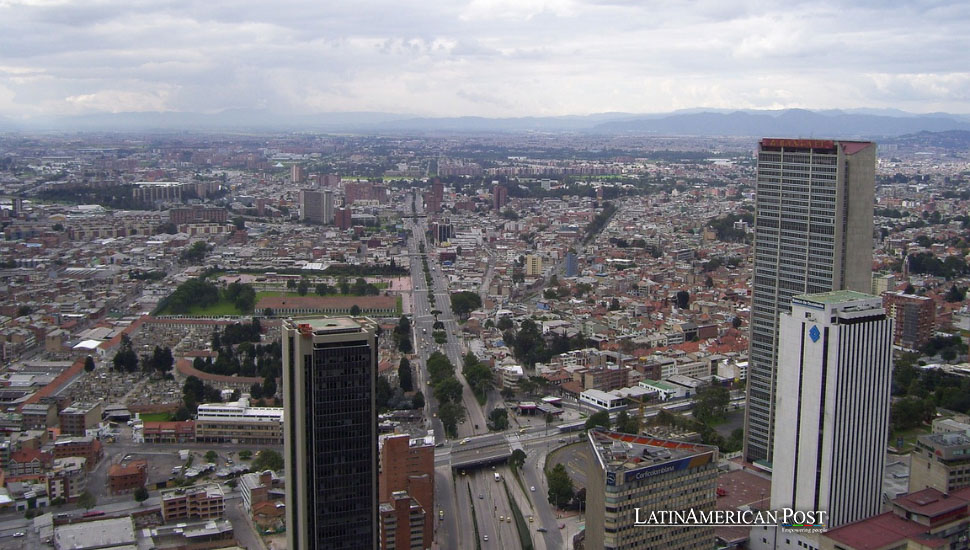How are Peñalosa’s plans impacting the development in Bogotá?


The second term of Enrique Peñalosa as Mayor of Bogotá –the first one came after Antanas Mockus’ resignation in 1997– is under constant scrutiny and his disapproval rate is close to 60%. Over-ambitious urbanization plans, inaction in the bullfighting season, delays on the construction of Bogotá’s subway and, more recently, the increase in prices of Transmilenio passes, are just some of the reasons that have hurt the Mayor’s image. However, according to the press note released in the newspaper El Tiempo, Peñalosa deserves much more praise than what he is given.
One of the improvements highlighted by the Mayor’s Office is the efficiency in construction. As they say, “after eight years of corruption and delays, the interconnector of Calle 94 was finally delivered”. This is double-edged sword: clearly, it’s satisfying for citizens to see bridges, streets and repairs finished after years of stagnation. Also, mobility will improve, as well as quality of life. And, if we go even further, small businesses are likely to grow near these newly fixed corridors. However, let’s not forget the long-term costs of a speedy construction work. We’ll have to see if the works endure over time.
Another highlight in the first year of Peñalosa’s term is the increase in housing investment. According to the press note, “the construction sector took off thank to Mayor Peñalosa” and, in 2017, the city will see 40,000 new homes. Beyond the “housing deficit” that, supposedly, affects Bogotá, it is good news to see that the construction sector is strengthening. In the last years, is one of the most profitable sectors and has a positive effect on the labor market. There’s still a debate on how is Bogotá going to solve its high demographic density problem, but this is a start.
Despite constant complains and protests, it seems that Peñalosa has a bigger interest on increasing the size of the Transmilenio infrastructure than building the first metro. While the metro’s bidding will begin next year, the city will work on more than 70 Transmilenio stations. Let’s make something clear: Transmilenio is not a system that is easily scalable. As the population of the capital of Colombia grows, the need for an efficient and scalable transportation system is more urgent. And it may seem like a trite discussion, but the Mayor’s Office needs to understand this.
Aside from Bogotá’s lack of metro, it’s clear that Peñalosa is working on building a city with top-notch infrastructure –as quickly as possible–: more schools, more parks, a organized and attractive downtown, and sufficient housing for low-income citizens. Now, is it a sign of good planning? Seems to be the opposite. Seems like constructions for the sake of constructions. However, it’s undeniable that these efforts, if done right, can improve foreign investment and tourism. Will it work? It’s too soon to tell.
the Colombian Post | Juan Sebastián Torres





